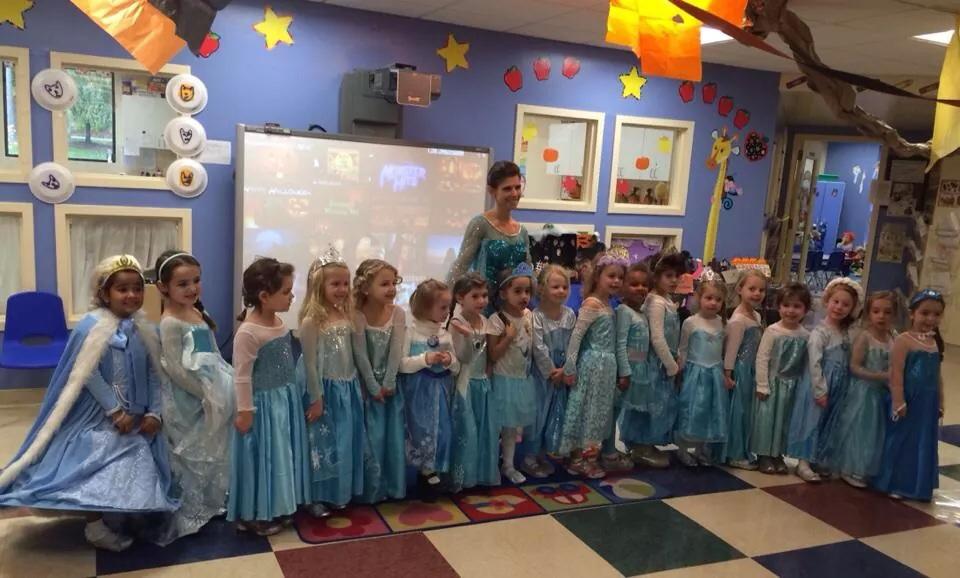Two nights ago, while my seven-year-old daughter struggled with a pencil and paper to work out the answers to her math homework, my six-year-old boy listened to the problems and called out the answers.
It’s kind of neat (or annoying, if you happen to be a seven-year-old) that he can figure out the answers to second grade math problems in his head. What’s more remarkable (and even more annoying) is his technique. He runs at a high backed chair, throws himself at it headfirst, and calls out the answer to the problem as he lands in kind of a headstand.
It’s kind of neat (or annoying, if you happen to be a seven-year-old) that he can figure out the answers to second grade math problems in his head. What’s more remarkable (and even more annoying) is his technique. He runs at a high backed chair, throws himself at it headfirst, and calls out the answer to the problem as he lands in kind of a headstand.
 |
| "Thirty-two!" |
You ever see Butch Cassidy and The Sundance Kid? it’s one of the greatest movies ever written (by William Goldman, who also wrote The Princess Bride, by the way).
See it again. And take a close look at Sundance. The character.
He’s introduced at a card game where he keeps winning. Dashiell’s like that. He figures out the way things work and then uses that knowledge to make them work better. At six, he can already beat me at checkers sometimes and no, that’s not saying a lot, but bear with me here because I’m going to make a point and it’s going to be a good one.
The man Sundance is playing against is convinced he’s cheating and it looks as if there’s going to be a shootout. Sundance doesn’t like to be called a cheater. The movie leaves it pretty ambiguous as to whether he actually cheats, but I’m convinced he doesn't because Dashiell wouldn’t. He knows the rules and he abides by them. He hates losing, but he hates cheating even more.
 |
| Look at this picture upside down and the resemblance is uncanny. |
As the Sundance Kid walks out, the card player calls after him. "Hey, Kid." But Sundance doesn’t respond. That’s my kid in spades. His mind is busy –– so busy that it’s sometimes impossible to get his attention.
But the things that seals it? When Sundance needs to prove he can shoot in order to get a job as a payroll guard in Bolivia. Percy Garris, the mine owner, tosses a piece of clay or wood or something into the street and tells him to shoot it. Maybe it’s a plug of tobacco.
Sundance misses.
“Can I move?” Sundance asks. When he moves, he can’t miss. Put my kid in a chair and make him sit still and he can’t even begin to do the math he’s supposed to be learning in first grade. But let him loose…
I don’t know if William Goldman intended it, but I’m going to say he’s written The Sundance Kid to be autistic. I know what you’re thinking. Redford makes eye contact. He holds a conversation. He’s funny. Even charming. He’s also principled, dedicated, and extraordinarily physical.
 |
| The sign needed straightening. |
Autism isn't limited to the stuff we used to think it was. I know this because Dashiell was diagnosed as autistic about six months ago.
I always knew my boy was a little quirky. Now we have a word for what makes him different, a word that doesn’t change him at all, but hopefully can get us some understanding and extra support at school where they seem to think sitting in a chair is the only way to solve a problem.
If not, maybe my son will grow up to be a notorious outlaw.

